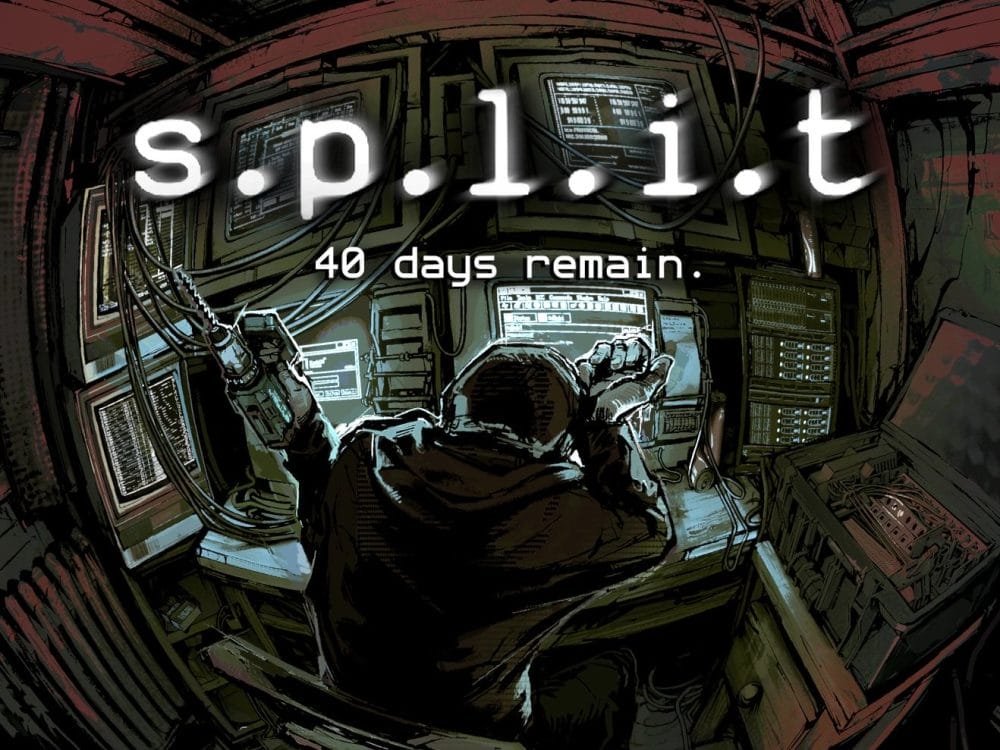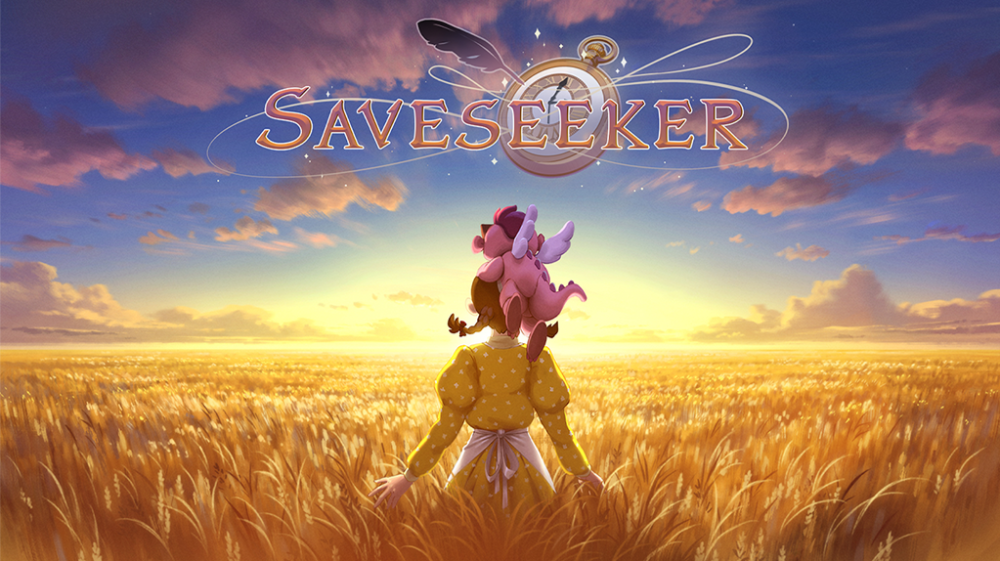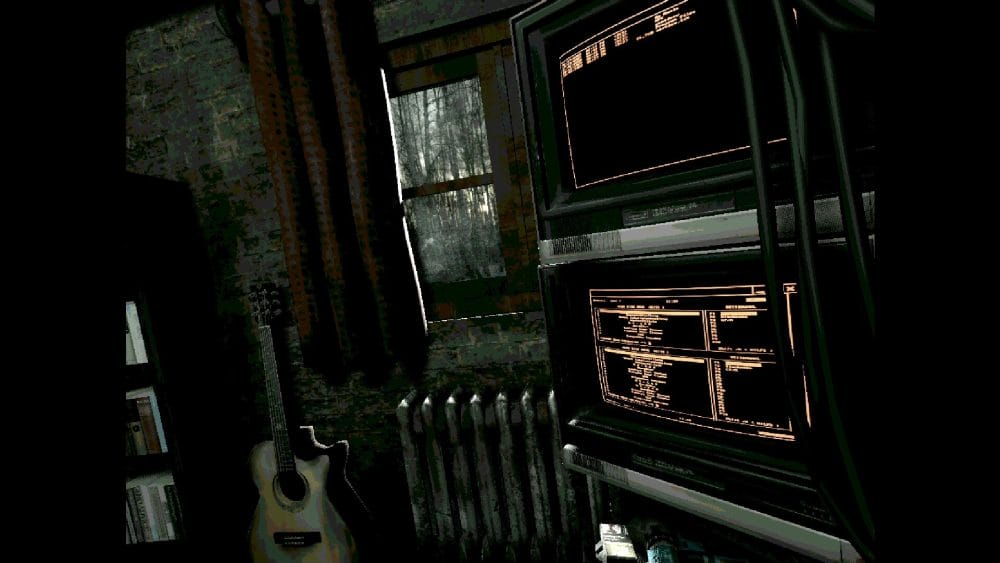
Intro: One With The Machine
The idea of a psychological horror game set in a dystopian future where the line between humanity and machine becomes increasingly blurred have been a recurring theme in science fiction since technology became a mainstay in our lives. This vision of a parasitic relationship between humans and technology imagines a future in which every aspect of our lives is deeply embedded within the digital systems of the world.
It comes off as a chilling yet seemingly inevitable scenario, one that none of us can escape if technology continues to advance as it has. s.p.l.i.t pulls from the uneasiness of this future, offering a short but haunting glimpse into a world where mankind may ultimately succumb to its own creations. Let’s dive in.
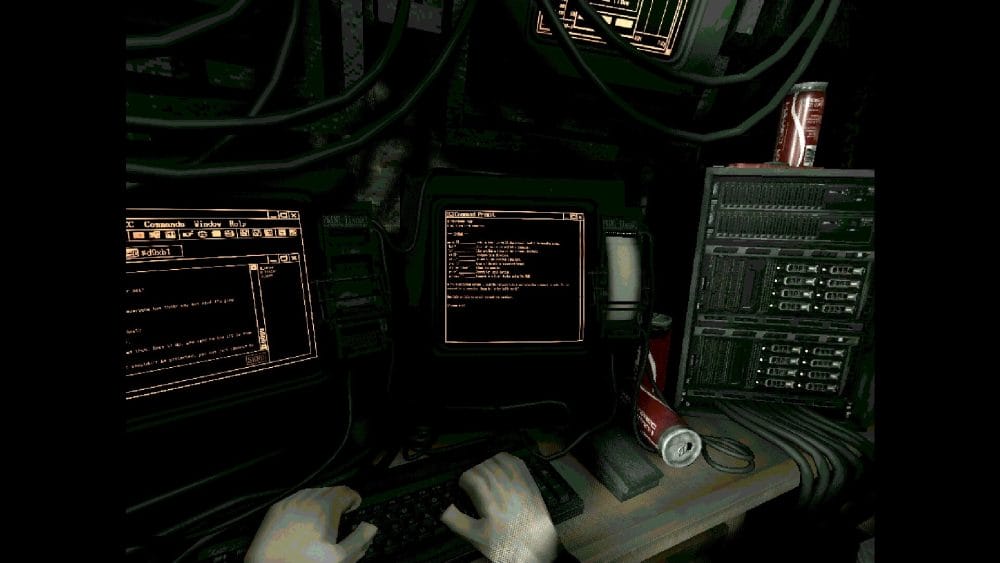
Story and World: A Depressing Future
Calling the premise of s.p.l.i.t merely “creepy” doesn’t do it justice. The game presents a compact story that delves into the human condition from a perspective many people would find deeply unsettling. You assume the role of Axel, one of three individuals tasked with hacking into an unnamed superstructure – an ominous facility home to unethical electronics and shadowy corporate interests.
Over the course of a roughly ninety-minute playthrough, your primary goal is to execute a malware attack on this company, connected in some way to everyone in your group, and bring it down for good. But beneath this simple objective lies a far more complex narrative, one that explores not only a looming technological threat but also the guilt and secrets that haunt Axel’s team. The storytelling is subtle and effective in it’s moments, leaving much unsaid and inviting players to reflect on the unwinnable situation that the characters have found themselves in.
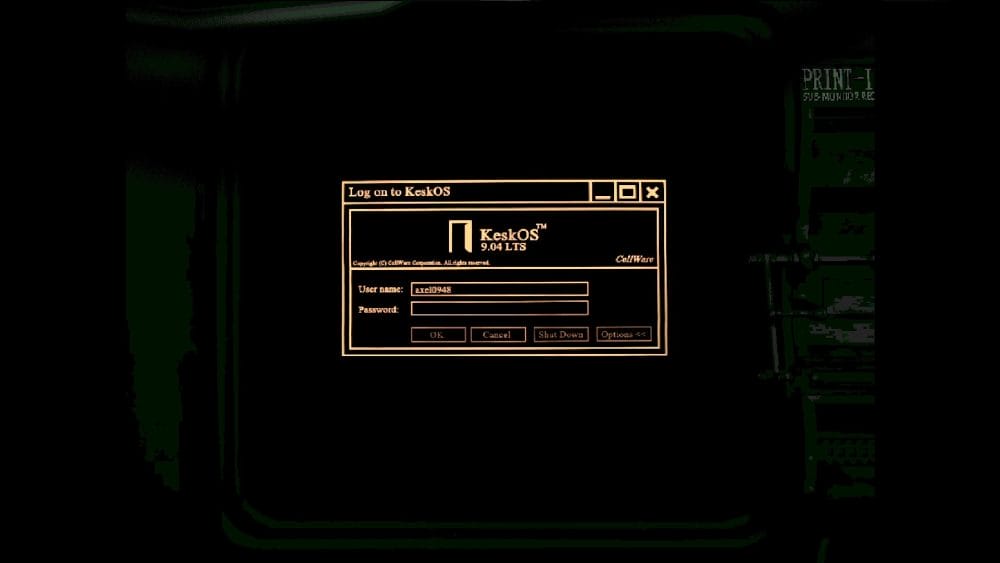
Visually s.p.l.i.t evokes nostalgia through an art style that is very similar to that of games from the PlayStation 2 era. The graphics are minimal and basic in their execution but functional, conveying a bleak and oppressive atmosphere that matches the games themes of depression and defeat at the hands of a seemingly undying monster hidden just out of sight. The setting itself is tightly focused – your entire experience takes place in what appears to be a cramped college dorm room or a similarly confined space. While the scope is limited, this constraint amplifies the sense of claustrophobia and hopelessness that the story sell so well.
Gameplay: A Command Prompt Playground
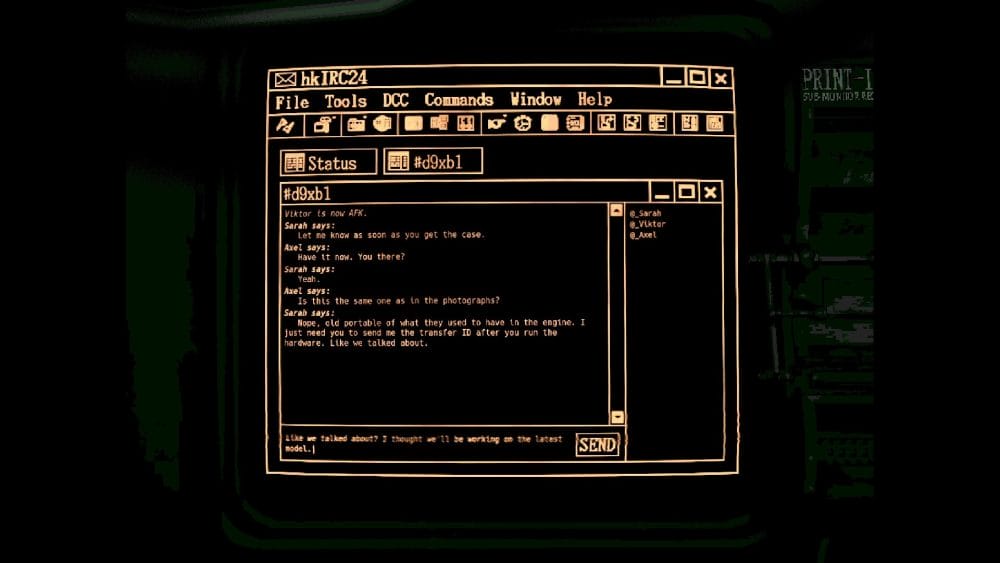
Gameplay-wise, s.p.l.i.t excels by immersing players in a compelling computer terminal interface. From the moment you launch the game you’re thrust into a chat room with your teammates Sarah and Viktor, with the freedom to experiment and explore the terminal’s functions as much as you like. Although you receive clear directives almost immediately, the ability to input commands and execute lines of code creates an engaging “hacker simulator” vibe.
If you have experience with command prompts or coding, you’ll feel right at home. The game successfully captures the spirit of a scrappy group of misfits trying to break into a system where they don’t belong. By the time the game ends, you’ll likely have spent hours typing commands, a satisfying payoff for those who enjoy gameplay that rewards effort and persistence.
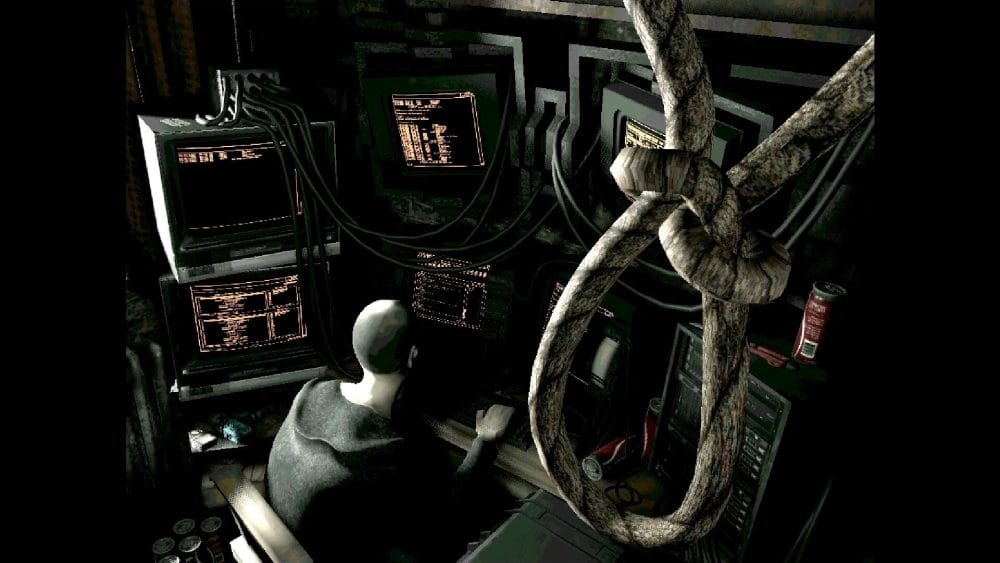
Despite its brevity – the game should take no more than one to two hours to complete – s.p.l.i.t offers a tightly woven narrative that instills a strong sense of dread and inevitability. You enter a world where victory feels almost impossible from the outset. The only real downside is the desire for more content.
The concept, art style, and world-building provide a haunting, surreal look at a potential future for humanity, one that’s both thought-provoking and deeply unsettling. Credit is due to the lone developer, Mike Klubnika, for crafting such a memorable dystopian survival horror experience. Fans of the genre will hope that s.p.l.i.t is just the beginning of a larger, more expansive journey into the terrifying unknown
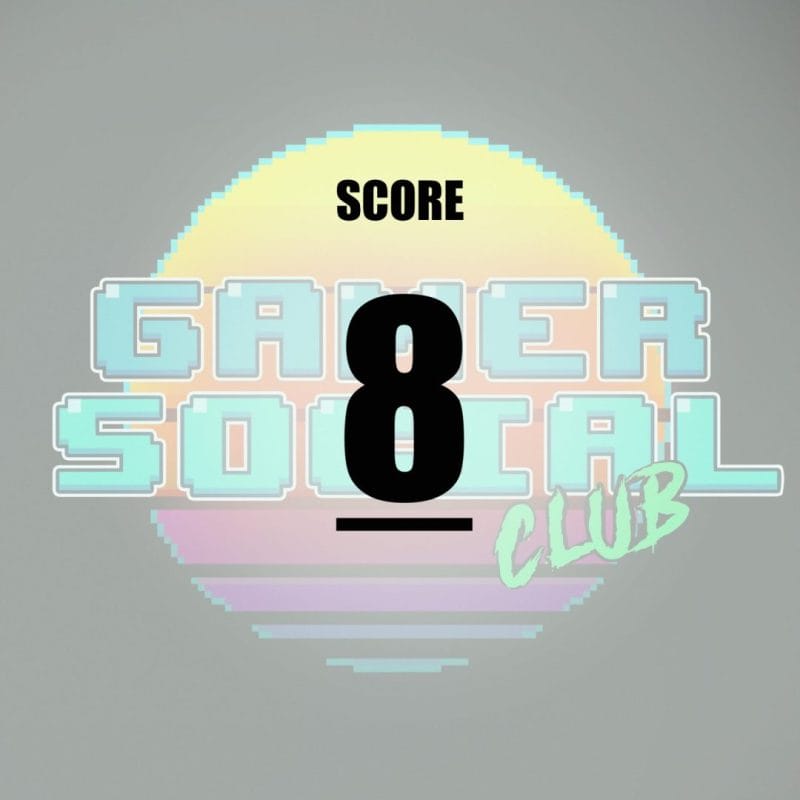
s.p.l.i.t was reviewed on PC and releases on the 24th of July 2025. Gamer Social Club would like to thank the developer for the code.

